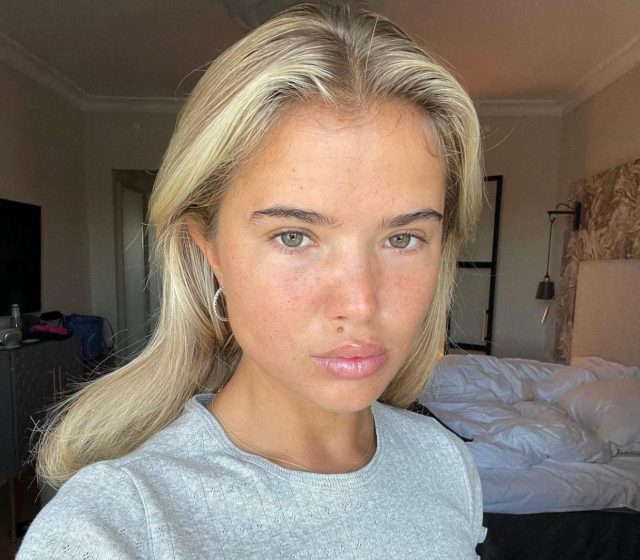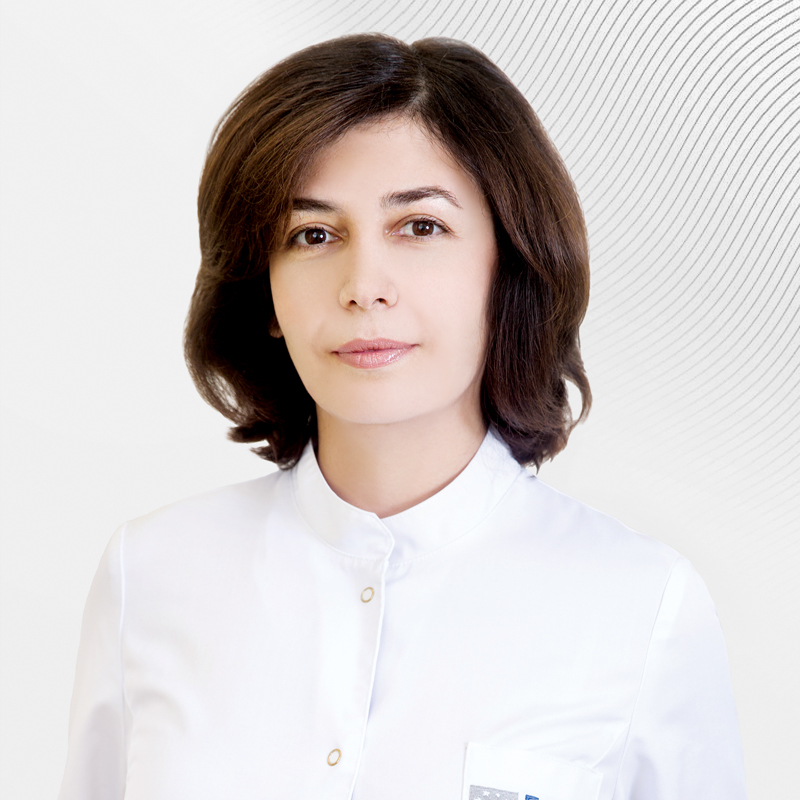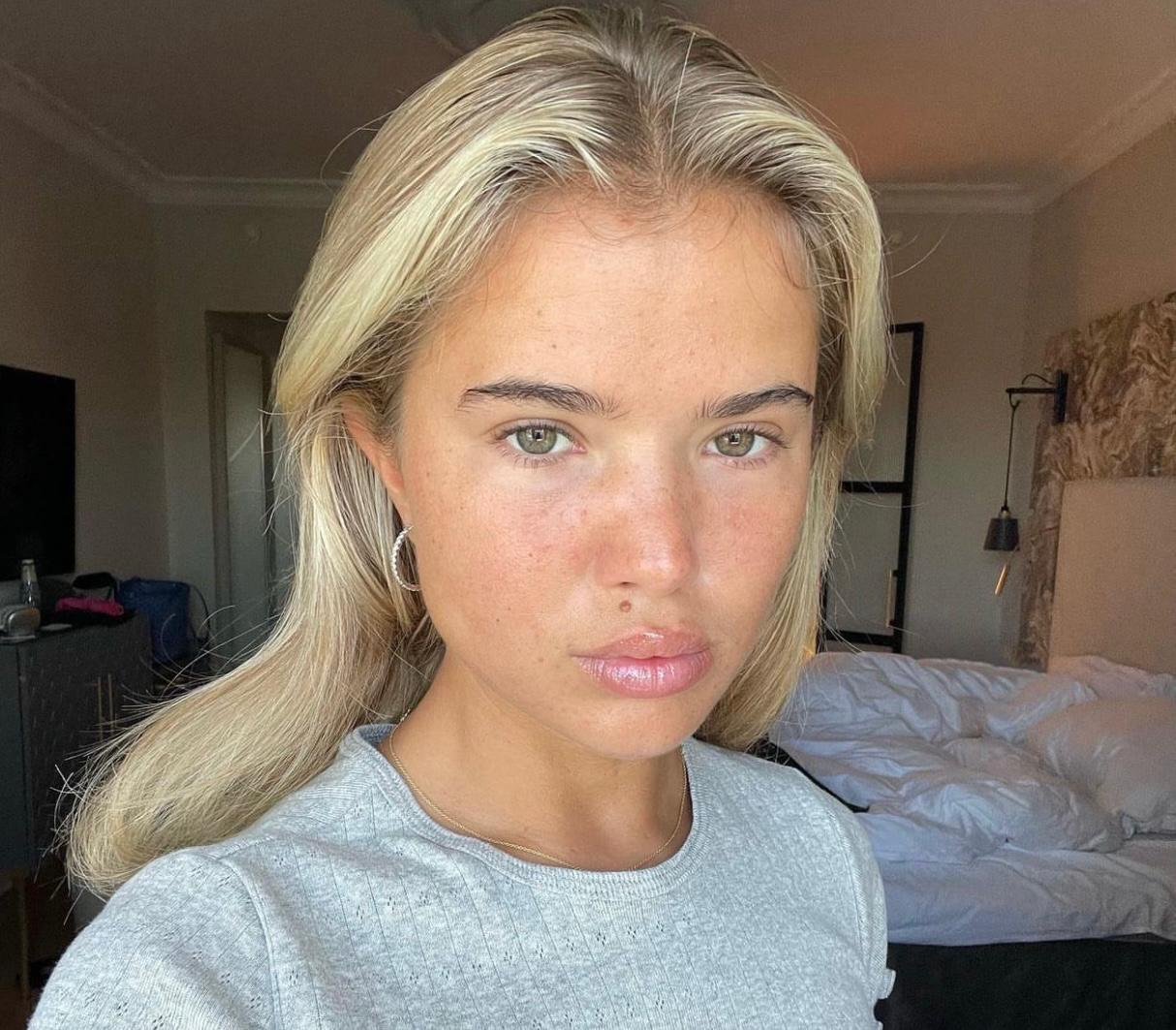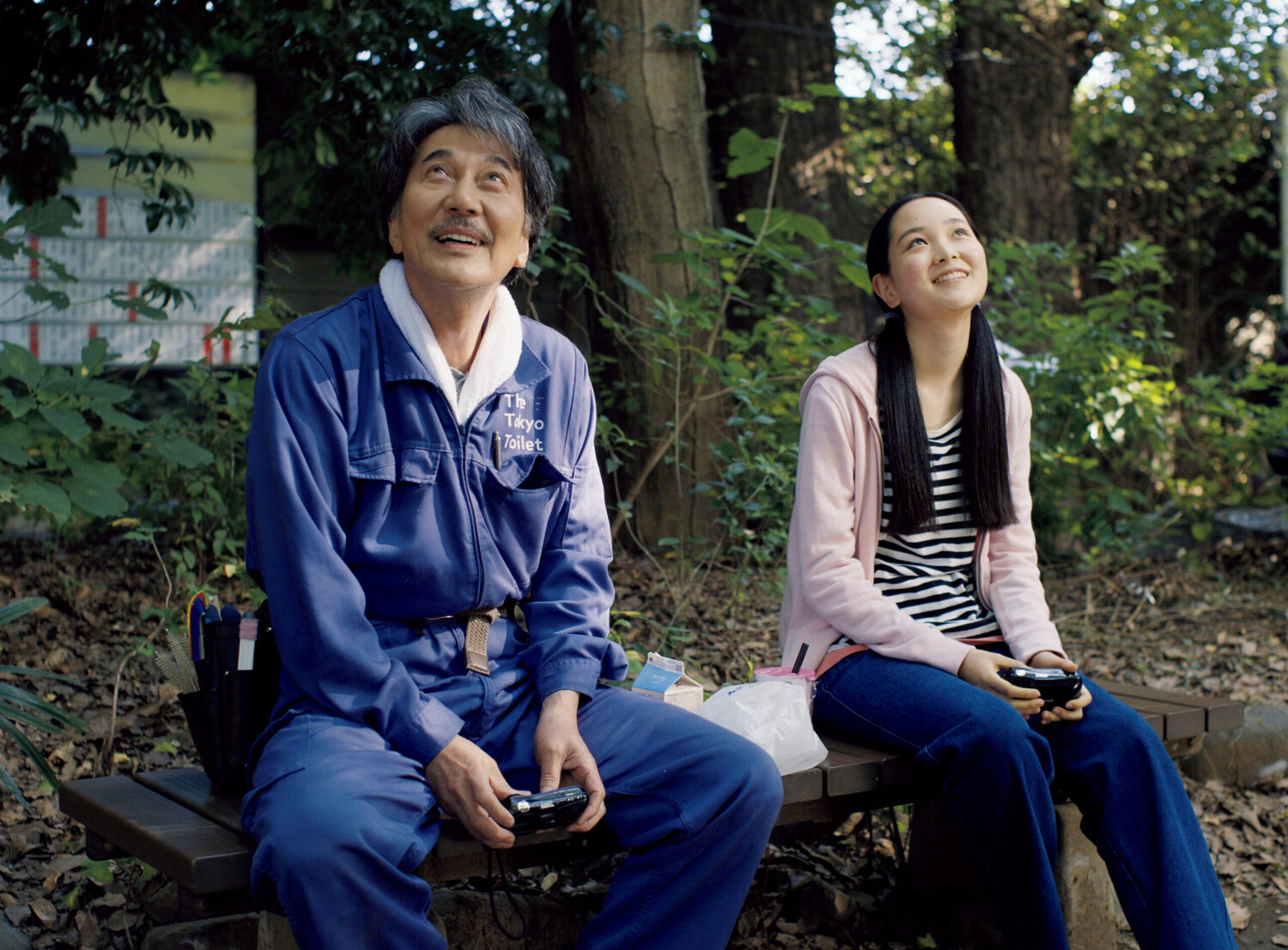
Curing acne completely is only half the battle. The next step is to erase the marks that remind you of it. We asked Marianna Karapetyan, dermatocosmetologist at the European Medical Center (EMC), which procedures are most effective in this regard.

Marianna Karapetyan
What is post-acne and how to deal with it?
Post-acne is a post-inflammatory, pigmented and scarring change in the skin after acne. The fact is that with rashes on the face and body around the inflamed element, collagen production and pigmentation increase, and new capillaries grow. Because of this, redness and pigment spots appear, scars form.
Later, the scars either dull and turn into pits or grow and become convex. The main symptoms after acne are dyschromia, stagnant red or bluish spots, enlarged pores, scars (atrophic or hypertrophic).
Skin dyschromia manifests itself with areas of hyperpigmentation that alternate with healthy areas of skin, creating an uneven complexion. The more severe the form of acne, the more intense the post-acne scars.
5 procedures to get rid of post-acne

The process of treating acne scars should be comprehensive. First of all, it is important to completely cure acne in order to begin to cope with its consequences. This should be done by a dermatocosmetologist, and the methods of treatment are selected individually in each case. Typically, post-acne treatment lasts several months. And the most effective methods include the following.
Chemical peeling
Chemical peels that use salicylic, mandelic, glycolic and other acids exfoliate the skin, remove dead cells and help reduce inflammation. They also help get rid of blackheads, lighten age spots and even out skin texture.
PRP treatment
PRP therapy is a procedure in which the patient’s platelet-rich plasma is injected into the skin. After its application, metabolic processes in the skin are improved. The procedure has an anti-inflammatory effect, normalizes the functioning of the sebaceous glands and reduces post-acne. PRP therapy can be combined with chemical peels and carried out simultaneously with fractional photothermolysis.
Fractional photothermolysis
This is a gentle option for laser resurfacing. During the procedure, many laser microbeams vaporize the skin in sections. Damaged areas alternate with undamaged ones, which accelerates skin regeneration – up to five days. Such procedures require from three to six, depending on the severity of post-acne, at intervals of once a month and a half in the autumn-winter period. Fractional photothermolysis is considered the most effective procedure for the treatment of post-acne, as it can significantly reduce the depth of atrophic spots and pigmentation, even out the skin and make it smoother.
Phototherapy
Phototherapy is a procedure that uses therapeutic pulsed light. The course varies from five to seven procedures every two to three weeks. The procedure is carried out on untanned skin in the autumn-winter period. It helps to reduce inflammation, the appearance of spider veins and congestive spots, reduce sebum production and lighten age spots. Also, phototherapy promotes skin rejuvenation and an even complexion.
Collagen injections
Injections of collagen preparations into atrophic scars after acne help activate the production of your own collagen. This significantly reduces the depth of the scar. In addition, skin elasticity increases and rejuvenation occurs. Such procedures are carried out at intervals of three weeks, four to five times.
Source: People Talk
I’m Roger Gritton, and I’ve been writing for the The Fashion Vibes for over 5 years now. My specialty is beauty news; I’m passionate about covering the latest trends, products, and innovations in the industry. In my time there, I’ve become known as an authority on all things beauty-related.
I love discovering new experts to interview, researching up-and-coming ingredients and techniques that are making their way onto our beauty shelves and highlighting people who are making a difference in the world of cosmetics. My work has appeared not only on The Fashion Vibes, but also several other publications including the New York Times Magazine, Allure Magazine and Refinery29.





